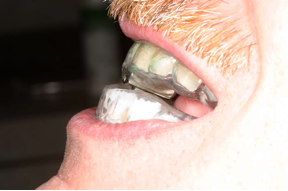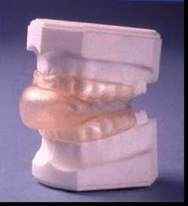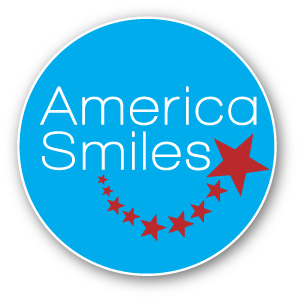Sleep Apnea
There are treatments for sleep apnea. Dental devices are made to treat snoring and sleep apnea. The first dental device is called a mandibular advancement device (MAD). This device looks similar to an athletic mouth guard. It is created to move the jaw in a slightly downward and forward position. This widens the throat which increases the airway path which prevents the tissue from collapsing and closing.


Both of these devices need to be fitted by your dentist. Your dentist will advise you which device is best to deal with your problem with sleep apnea. Once treated make sure to keep in contact with your dentist, because occasionally these appliances can cause damage to your surrounding teeth, gums or jaw.
Looking for a dentist who provides sleep apnea treatment solutions? Check out our sleep apnea dentists page to find one near you!
